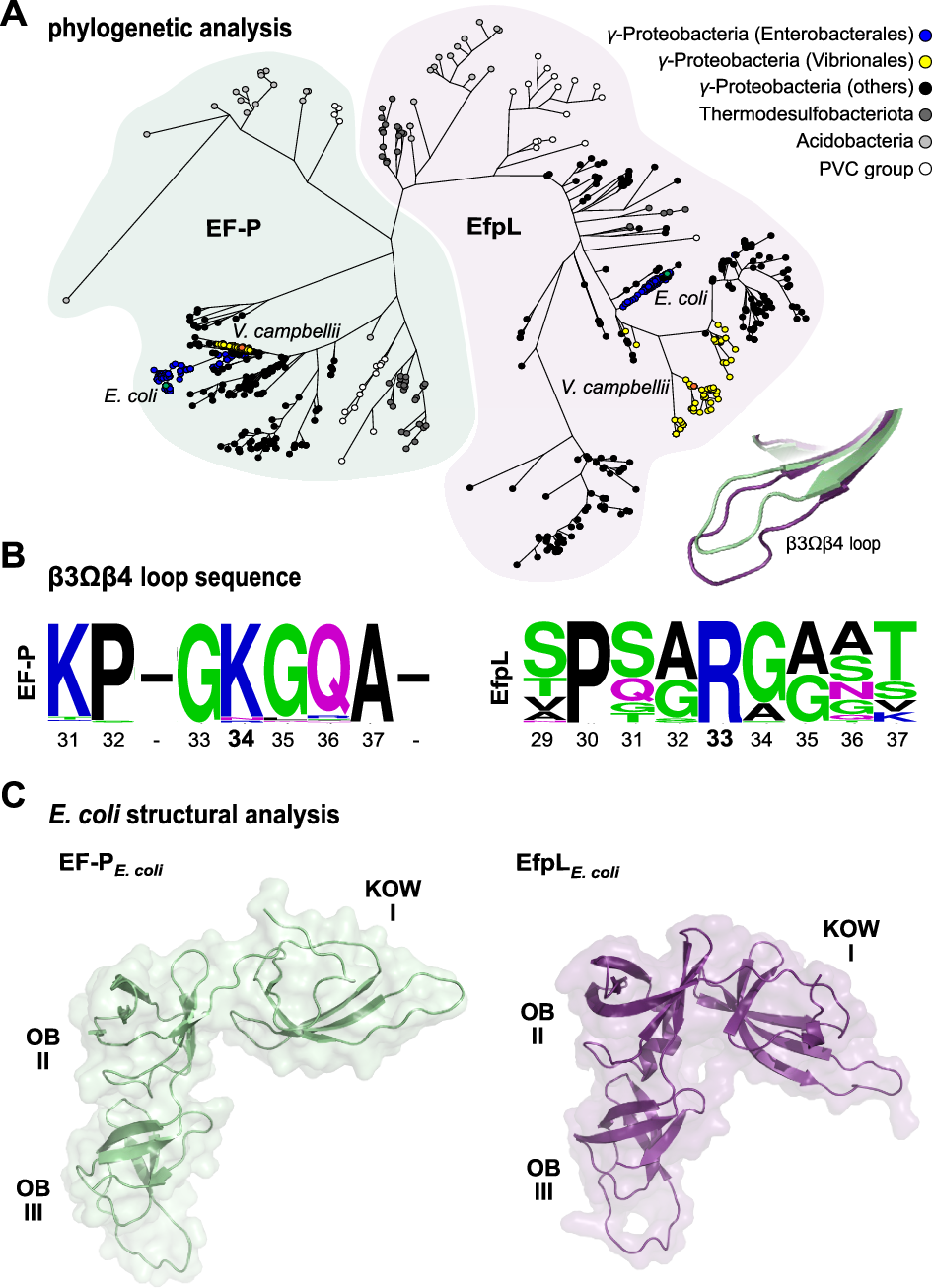2024-12-04 アリゾナ大学
<関連情報>
- https://news.arizona.edu/news/how-did-humans-and-dogs-become-friends-connections-americas-began-12000-years-ago
- https://www.science.org/doi/10.1126/sciadv.ads1335
亜寒帯アラスカにおける更新世後期のヒトとイヌ科動物の相互依存関係の始まり Late Pleistocene onset of mutualistic human/canid (Canis spp.) relationships in subarctic Alaska
François Lanoë, Joshua Reuther, Stormy Fields, Ben Potter, […], and Kelsey E. Witt
Science Advances Published:4 Dec 2024
DOI:https://doi.org/10.1126/sciadv.ads1335

Abstract
Large canids (wolves, dogs, and coyote) and people form a close relationship in northern (subarctic and arctic) socioecological systems. Here, we document the antiquity of this bond and the multiple ways it manifested in interior Alaska, a region key to understanding the peopling of the Americas and early northern lifeways. We compile original and existing genomic, isotopic, and osteological canid data from archaeological, paleontological, and modern sites. Results show that in contrast to canids recovered in non-anthropic contexts, canids recovered in association with human occupations are markedly diverse. They include multiple species and intraspecific lineages, morphological variation, and diets ranging from terrestrial to marine. This variation is expressed along both geographic and temporal gradients, starting in the terminal Pleistocene with canids showing high marine dietary estimates. This paper provides evidence of the multiple ecological relationships between canids and people in the north—from predation, probable commensalism, and taming, to domestication—and of their early onset.


